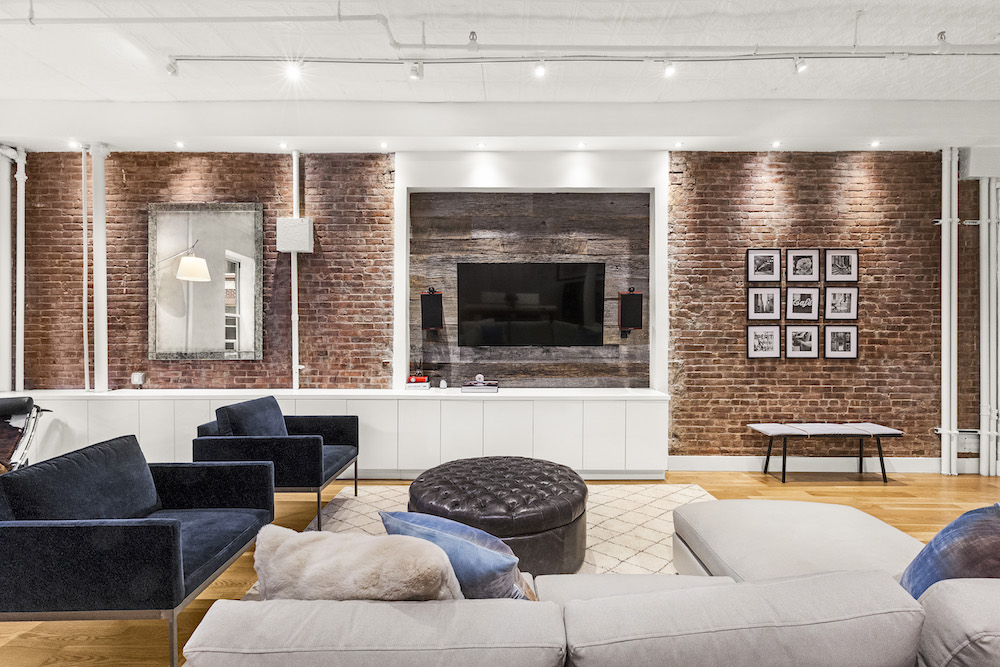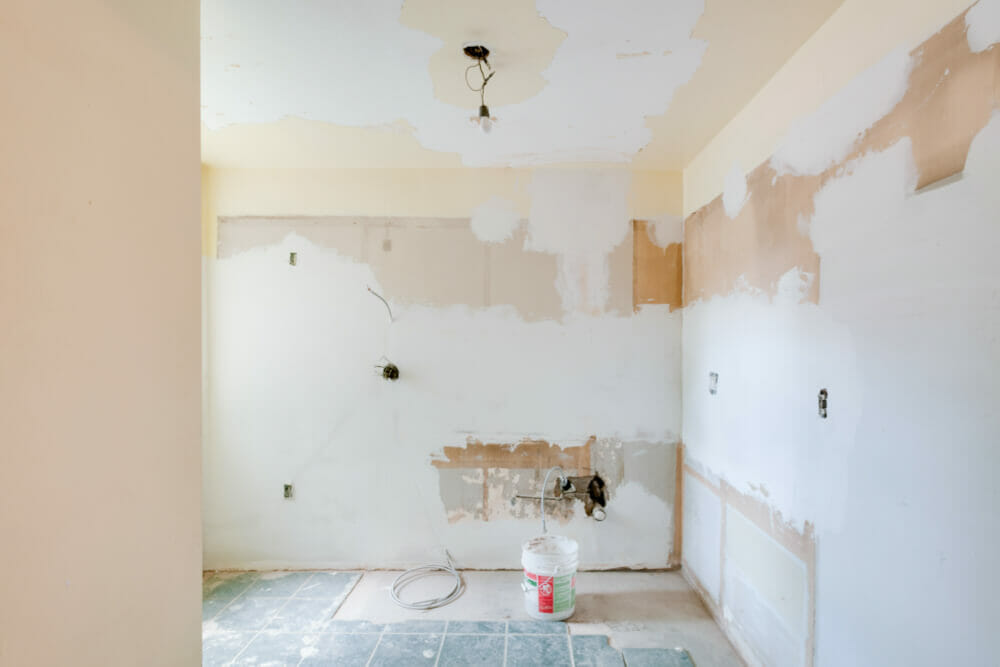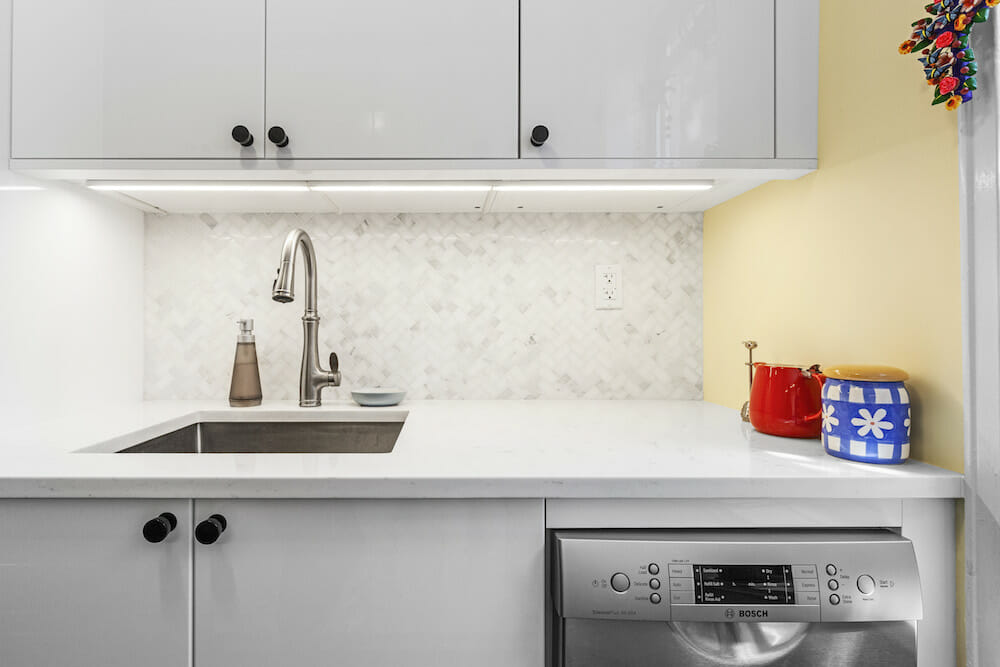Green Remorse
I am not a tree-hugger. I like the idea of nature, but I like it best when witnessed from the confines of a lovely glass box.
Nonetheless I’m studying for the LEED accreditation exam, which demonstrates leadership in the design and construction of buildings that promote energy-efficiency and resource conservation. The exam covers a lot of dry technical information, and I’m undertaking it mostly because the credential has become de rigeur for architects. But all this studying has gotten me thinking more seriously about the facts underlying the formulae. I’m becoming increasingly ecologically-sensitive about the way I live and the products I use.
So more than six months after I completed my kitchen and bathroom remodel I’m feeling a load of green remorse, disappointment that I wasn’t more environmentally responsible when selecting products and finishes. So many building products claim that they’re “green” now that it’s easy to dismiss as a trendy marketing tactic. But each shift in product manufacturing and purchasing, however small, contributes to a much larger shift in consumption that can help us protect our resources.
Here are some things I’ll do differently the next time I remodel:
1. Water-conserving fixtures Sweeten brings homeowners an exceptional renovation experience by personally matching trusted general contractors to your project, while offering expert guidance and support—at no cost to you. Renovate expertly with Sweeten
I although I wasn’t aware of it at the time, my showerhead and bathroom faucet are designed to minimize water flow. The reduced flow doesn’t really affect the way the use them, because they have aerators that bolster the reduced flow with additional pressure. My old toilet, which I reused, has a 3-gallon tank. (Think of what a gallon of milk looks like. Isn’t that a lot of water?) Next time I’ll install a new toilet with a 1.6 gallon tank or with a dual-flush system that uses a full flush was only when needed.
2. Energy-saving appliances
The refrigerator, dishwasher and microwave I chose all have Energy Star ratings, which means that they meet or exceed that organization’s standards. Next time I’m shopping for appliances I’d like to compare ratings more closely and try to maximize savings.
3. Cabinetry without urea formaldehyde
Lots of the plywood and fiberboards used in cabinetry are built with glues that contain urea formaldehyde, a damaging VOC (volatile organic compound) that leaks into the air and into our lungs. When looking for kitchen cabinets next time, I’ll to find out whether they contain this compound and, if so, what the alternates are.
4. Salvaged pieces
I bought all of my products brand new. My kitchen is so small that I might have been able to find good wood cabinetry, a good sink, and stone countertops at a consignment shop. Using reclaimed products saves resources and diverts waste from landfills. Habitat for Humanity ReStore, Reclaimed Home, and United Home Wrecking are all good places to hunt for spectacular finds.
5. Tiles manufactured locally or with recycled content
I chose tiles for the kitchen and bathroom without regard for where or how they were made. Next time I’ll try to source tiles that are manufactured locally, or that have some recycled content. Buying locally helps to prevent emissions from shipping. And many manufacturers that sell at large retailers, like American Olean, are beginning to incorporate recycled materials into new product lines.
6. Low-VOC paint
Interior acrylic house paint contains VOC’s in acceptable, regulated quantities. But several popular companies are manufacturing lines of paint with specially reduced VOC content, like Benjamin Moore EcoSpec.
7. Efficient light fixtures
A big chunk of the electricity used in our country, about 20%, goes to interior lighting. When selecting undercabinet and ceiling light fixtures I was more concerned with the light quality than with the light source. But different bulbs use very different amounts of electricity. A simple way to save power and money is to choose lights with efficient halogens or LED bulbs, or to use fluorescent bulbs in incandescent fixtures.









